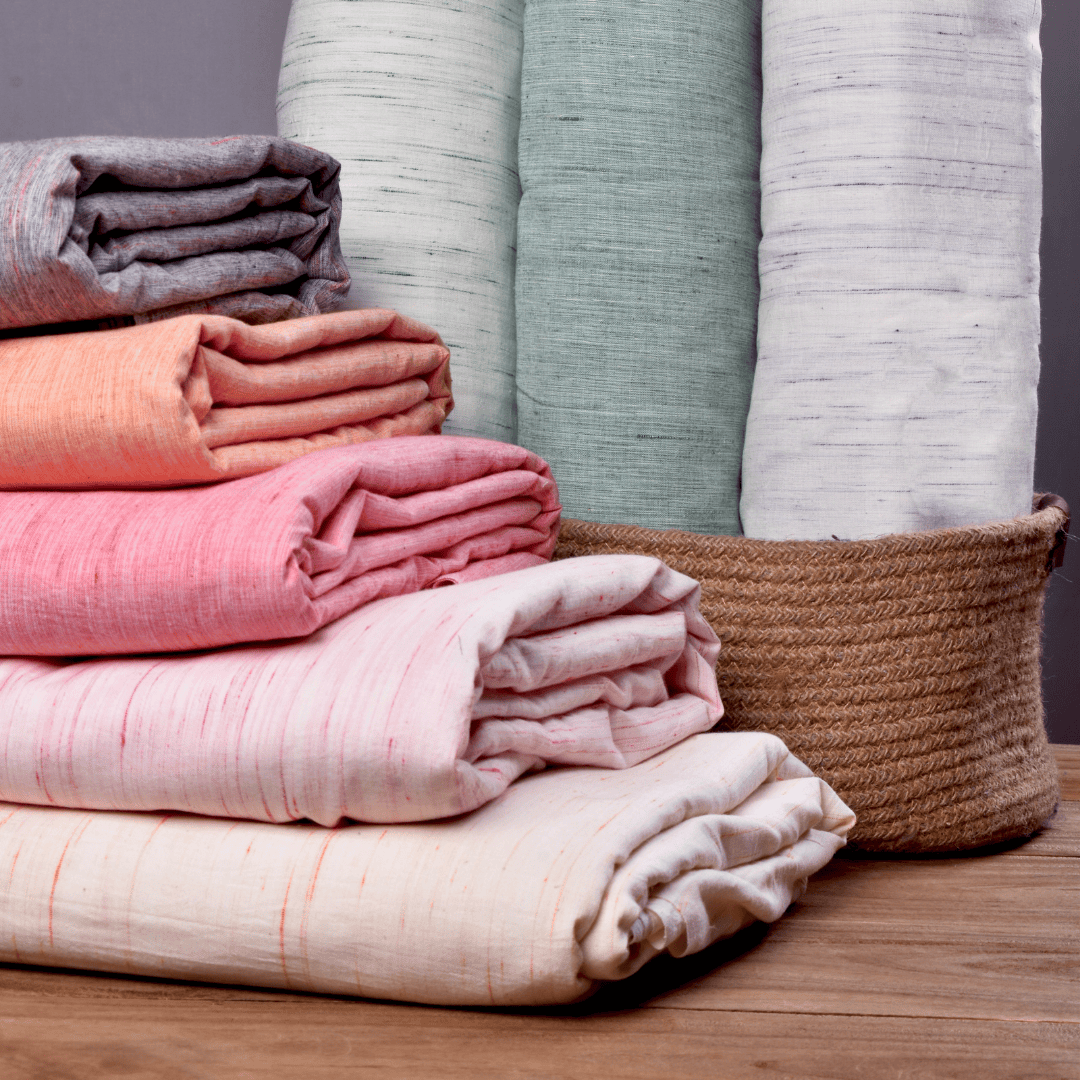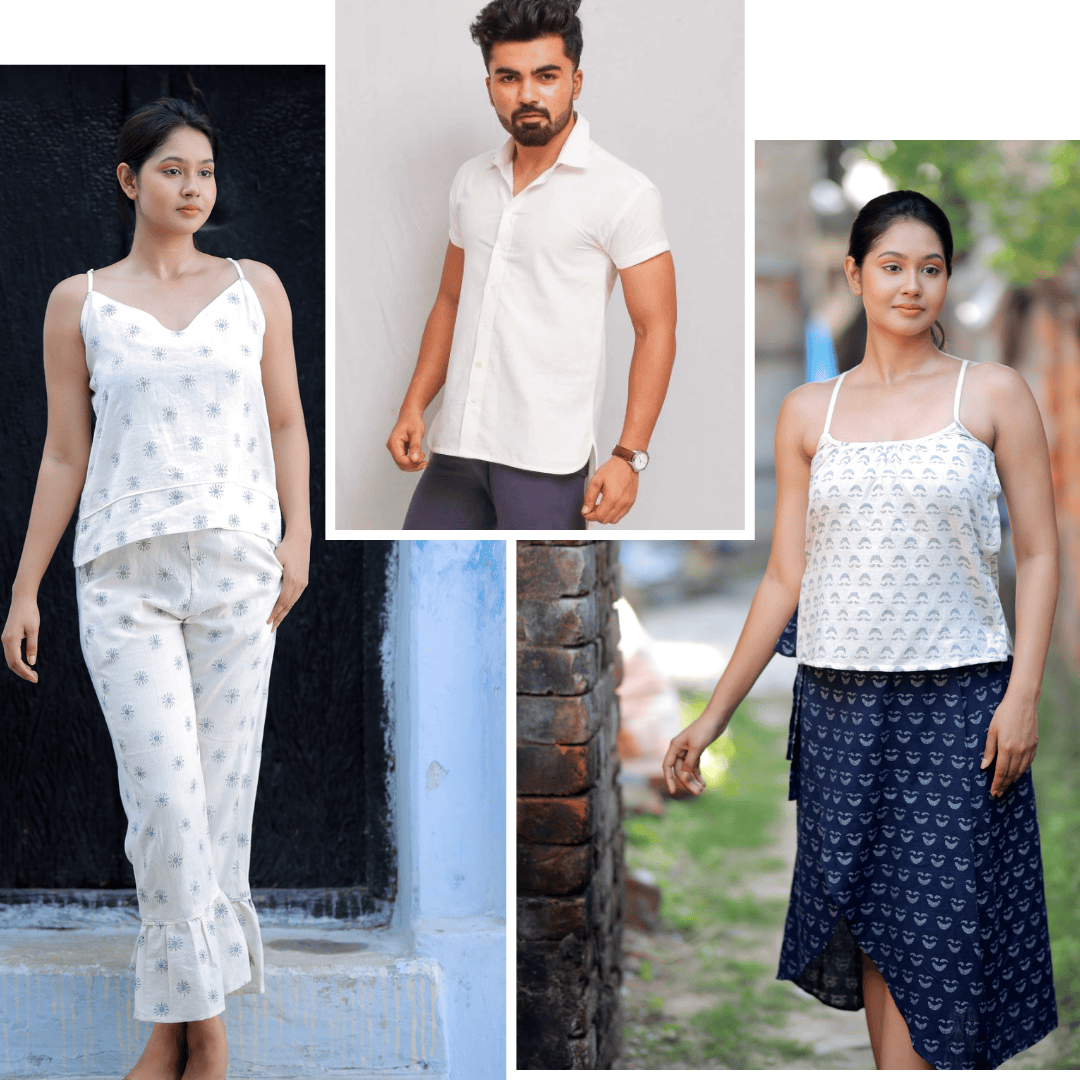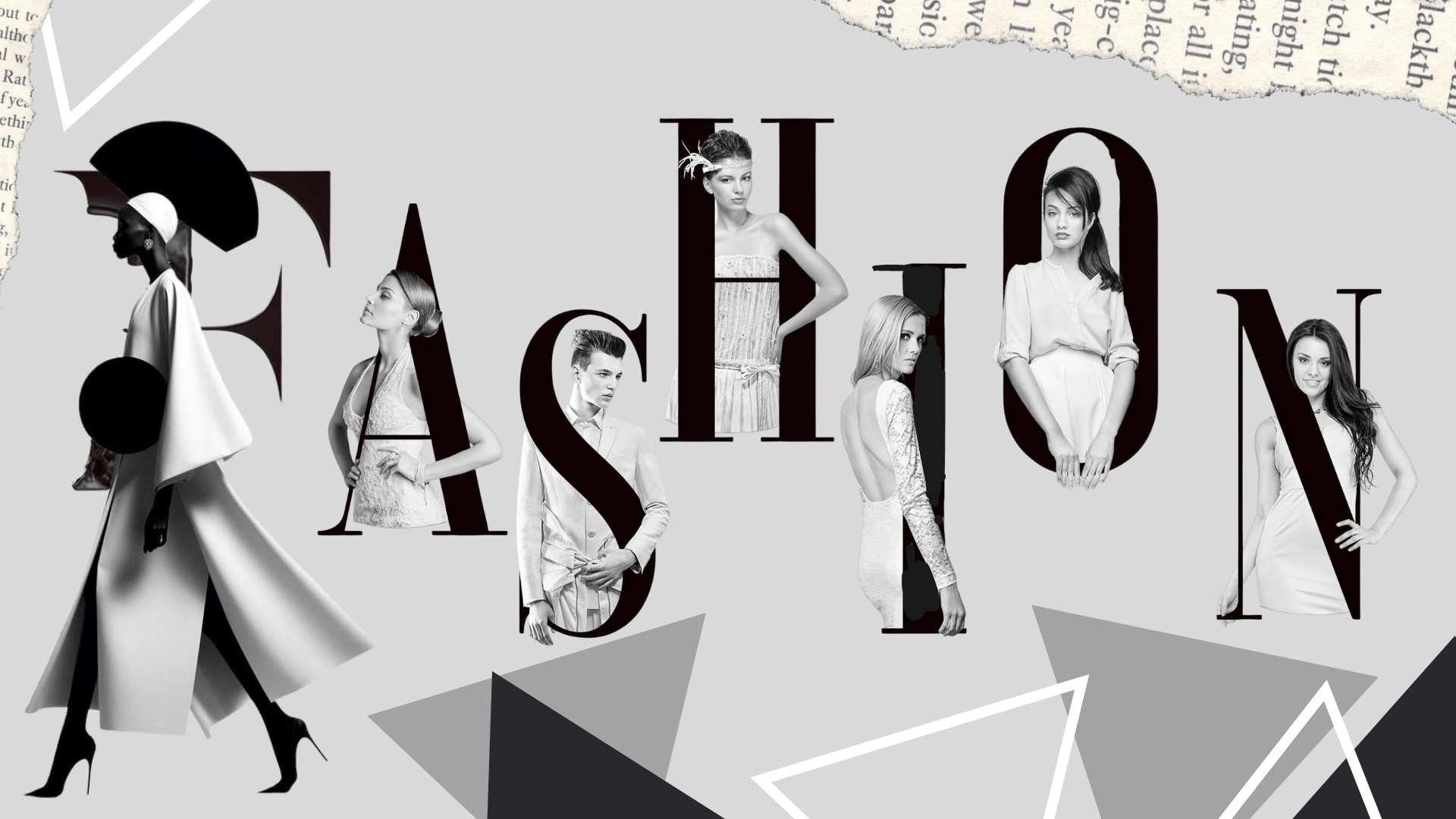
5 Key Design Elements in Fashion and Styling Behind Every Great Look

In the vibrant world of clothing, "fashion" and "style" are often used interchangeably, yet they represent two distinct, albeit intertwined, concepts.
Fashion is the prevailing trend, the collective statement dictated by designers, runways, and cultural movements. It's external, cyclical, and constantly evolving. Style, on the other hand, is deeply personal – it's how you interpret fashion, how you choose to present yourself, and the unique expression of your identity through clothing. It's enduring, internal, and uniquely yours.
To truly master your sartorial presence, one must understand the key Design Elements in Fashion and Styling that underpin both fashion's fleeting allure and style's timeless resonance. Let's explore these foundational building blocks.
1. Color: Key Design Elements in Fashion and Styling :
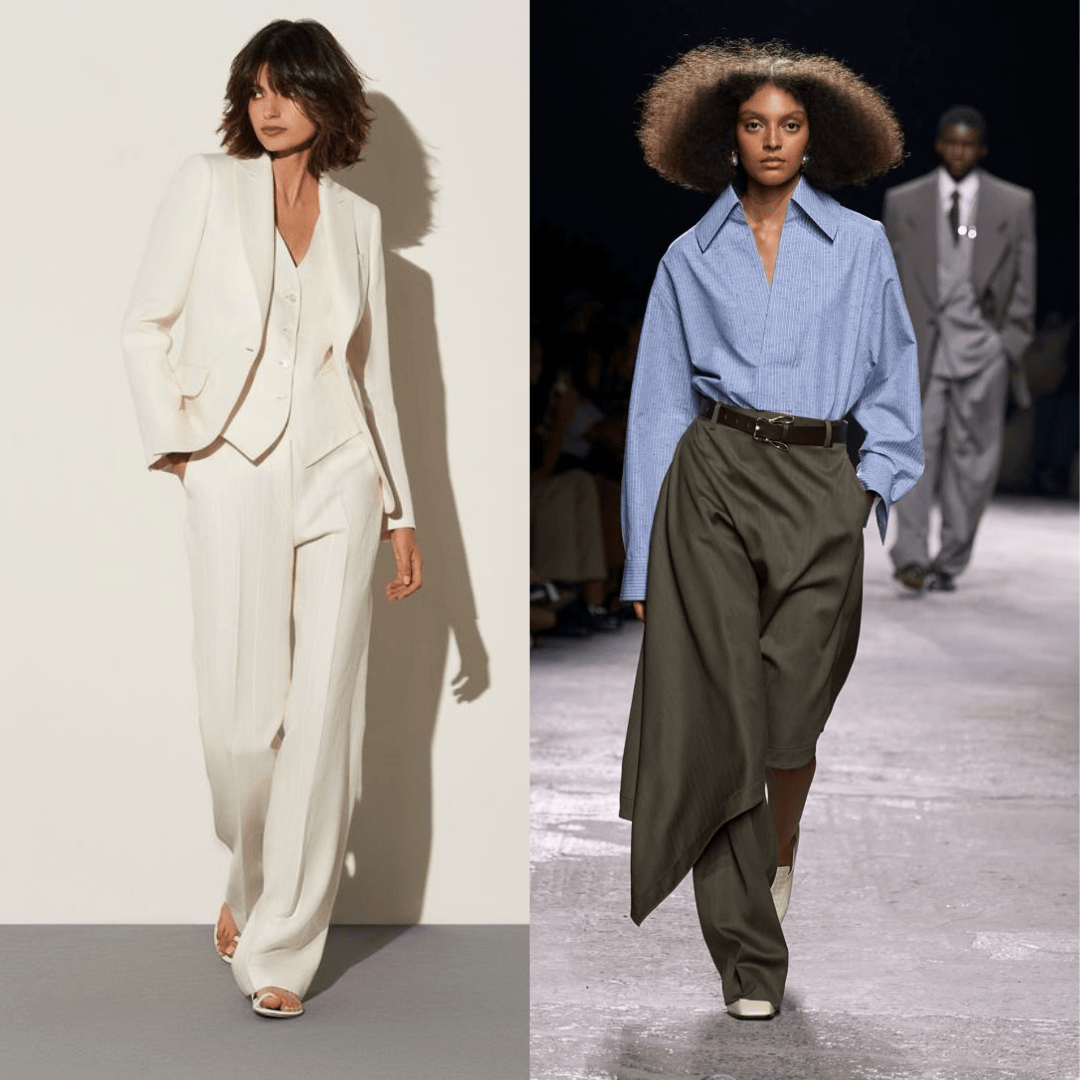
Color is the Key Design Elements in Fashion and Styling, speaking volumes before a word is uttered.
In Fashion: Trends dictate the "colors of the season," influencing palettes across collections and retail.
Color is perhaps the most immediate and impactful element of style. It's the first thing the eye perceives and directly influences mood, perception, and even body shape.
- Understanding Your Undertones: Knowing whether you have warm, cool, or neutral skin undertones can guide you towards colors that truly make you glow.
- Monochromatic color scheme in fashion design: Dressing in varying shades of a single color creates a sophisticated and elongated silhouette.
More Key Points to Keep in Mind
- Strategic Contrasts: Using complementary or analogous colors can add visual interest and create focal points.
- The Psychology of Shade: Understand that colors evoke different feelings – blues for calm, reds for power, greens for nature. Choose consciously to reflect your desired aura.
2. Silhouette & Proportion :
Silhouette & Proportion in fashion design refers to the overall outline or shape of a garment, while proportion is how different parts of an outfit relate to each other and your body. These two elements of fashion design and styling are crucial for creating a harmonious and flattering look.
- Classic Silhouettes: Familiarize yourself with A-line, straight, fitted, relaxed, and oversized shapes. Each conveys a different message.
- Playing with Balance: A voluminous top often pairs well with tailored bottoms, or vice versa. Understanding this balance is key to avoiding a shapeless or overwhelming look.
- The Rule of Thirds: Often, dividing your body into thirds (e.g., a top taking up one-third and bottoms two-thirds) can create a more visually appealing and balanced proportion than a 50/50 split.
- Elongation & Shortening: Vertical lines, high waists, and monochromatic looks can elongate, while horizontal lines and contrasting blocks of color can visually shorten.
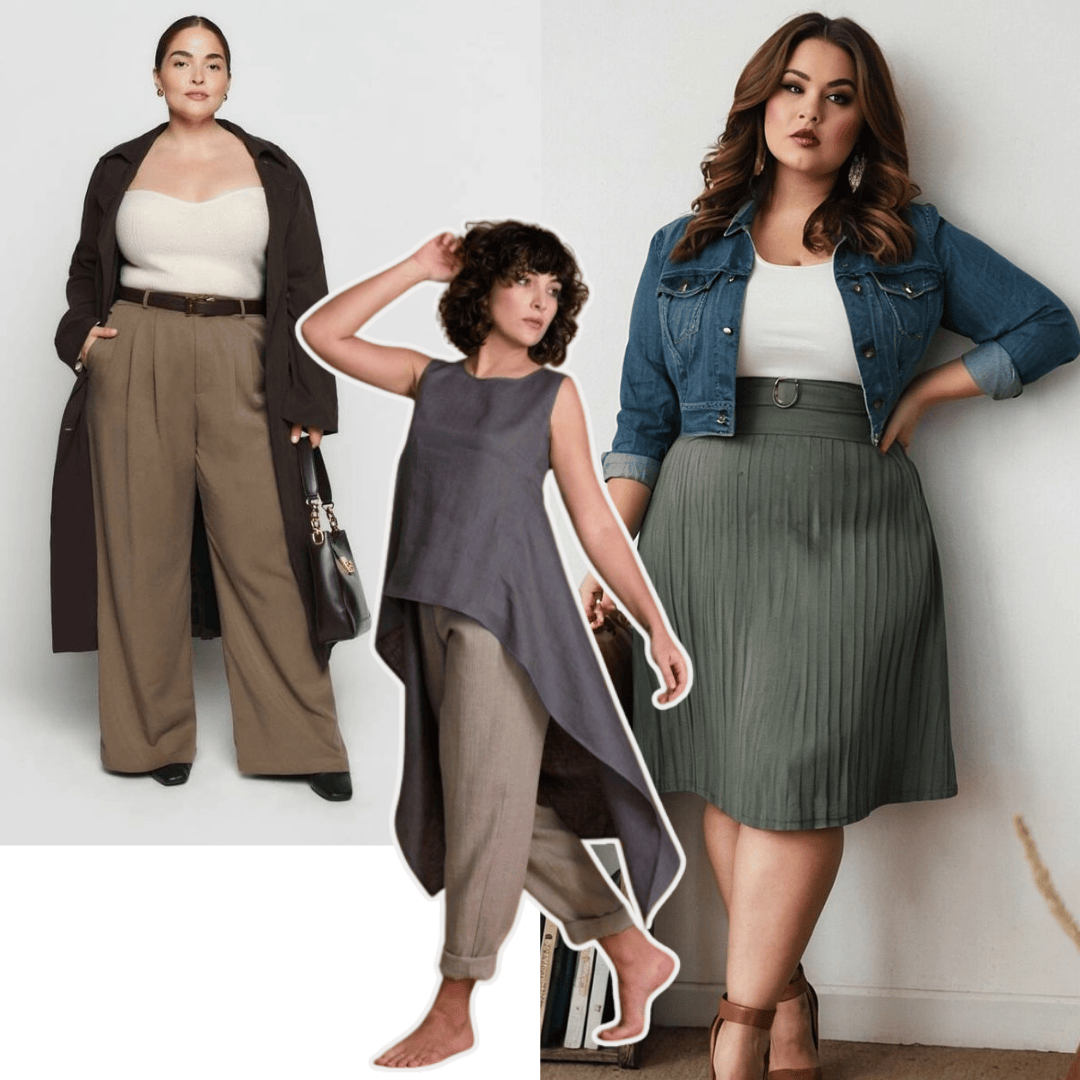
3. Fit & Form :
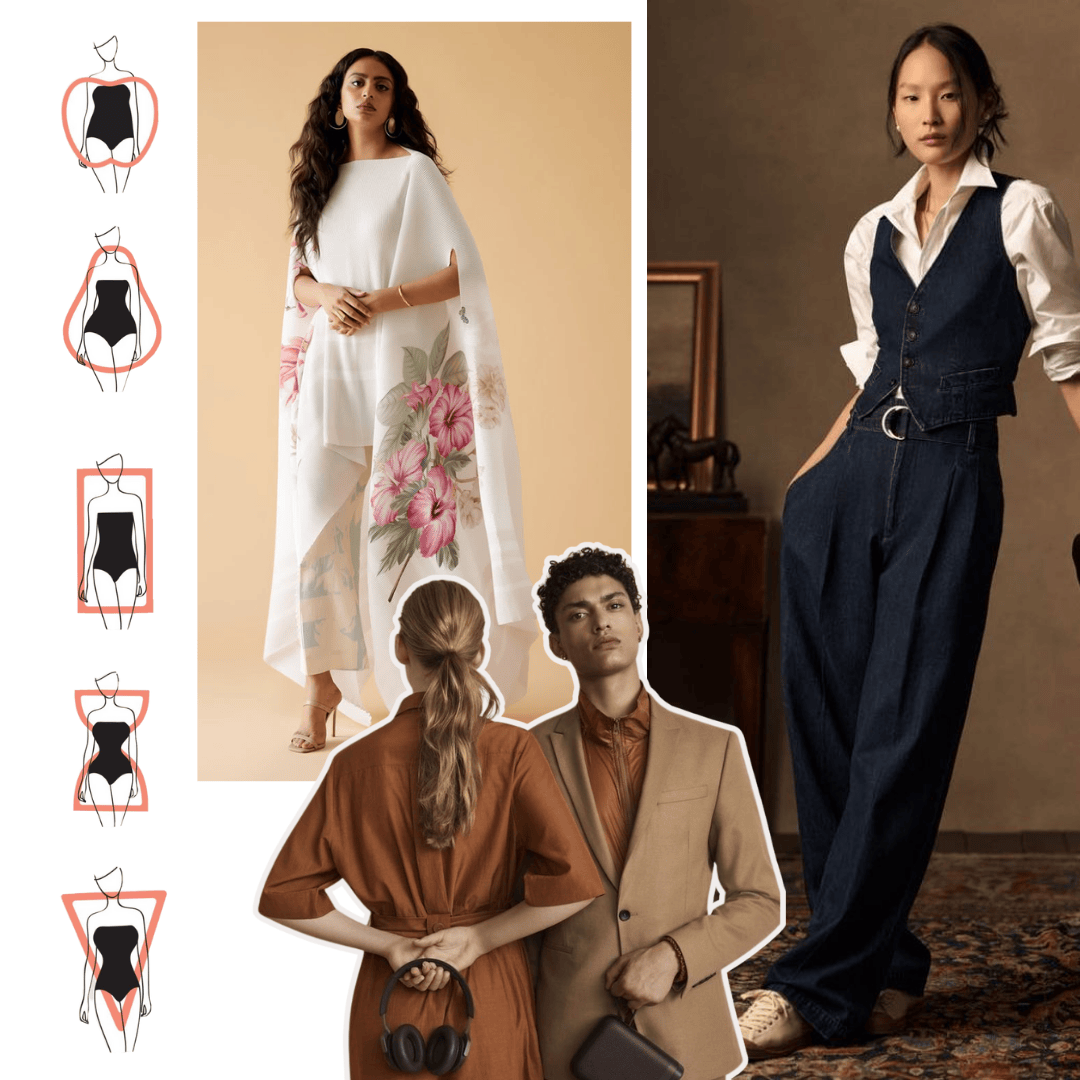
Fit & Form in fashion design is considered crucial and element for both looks and timeless style. An ill-fitting garment, regardless of its brand or price, diminishes its impact.
- In Fashion: While trends might occasionally flirt with extreme oversized or ultra-tight fits, the underlying principle of a garment "working" on the body remains.
- In Styling: Fit dictates comfort, confidence and how you appear.
It's Not Just About Size: Sizes vary wildly between brands. Focus on how the garment actually sits on your body.
The Power of Tailoring: A well-fitting garment can transform your appearance. Don't underestimate the magic a good tailor fit garment. Sleeves, hemlines, and waist adjustments can make a world of difference.
Comfort is King: A perfectly fitted garment should also allow for ease of movement. If you're constantly adjusting, it's probably not the right fit.
4. Fabric and Texture :
Beyond just the color and shape, the material composition and its surface quality add depth, character, and a crucial tactile experience and rhythm in clothing design. Fabric and Texture in fashion design is one of the most important element.
In Fashion: Innovation drives new fabric development – from sustainable alternatives like mushroom leather and recycled synthetics to technologically advanced performance textiles. Fashion pushes boundaries with novel textures and material blends.
In Style: Your choice of fabric speaks to comfort, quality, and values. The luxurious drape of silk, the breathable comfort of Khadi cotton, or the rustic charm of linen (fabrics we deeply cherish at Anuprerna for their natural beauty and integrity) – each texture tells a different story.
Thoughtfully combining varied textures (e.g., a smooth silk blouse with a textured wool skirt) adds visual interest and sophistication.
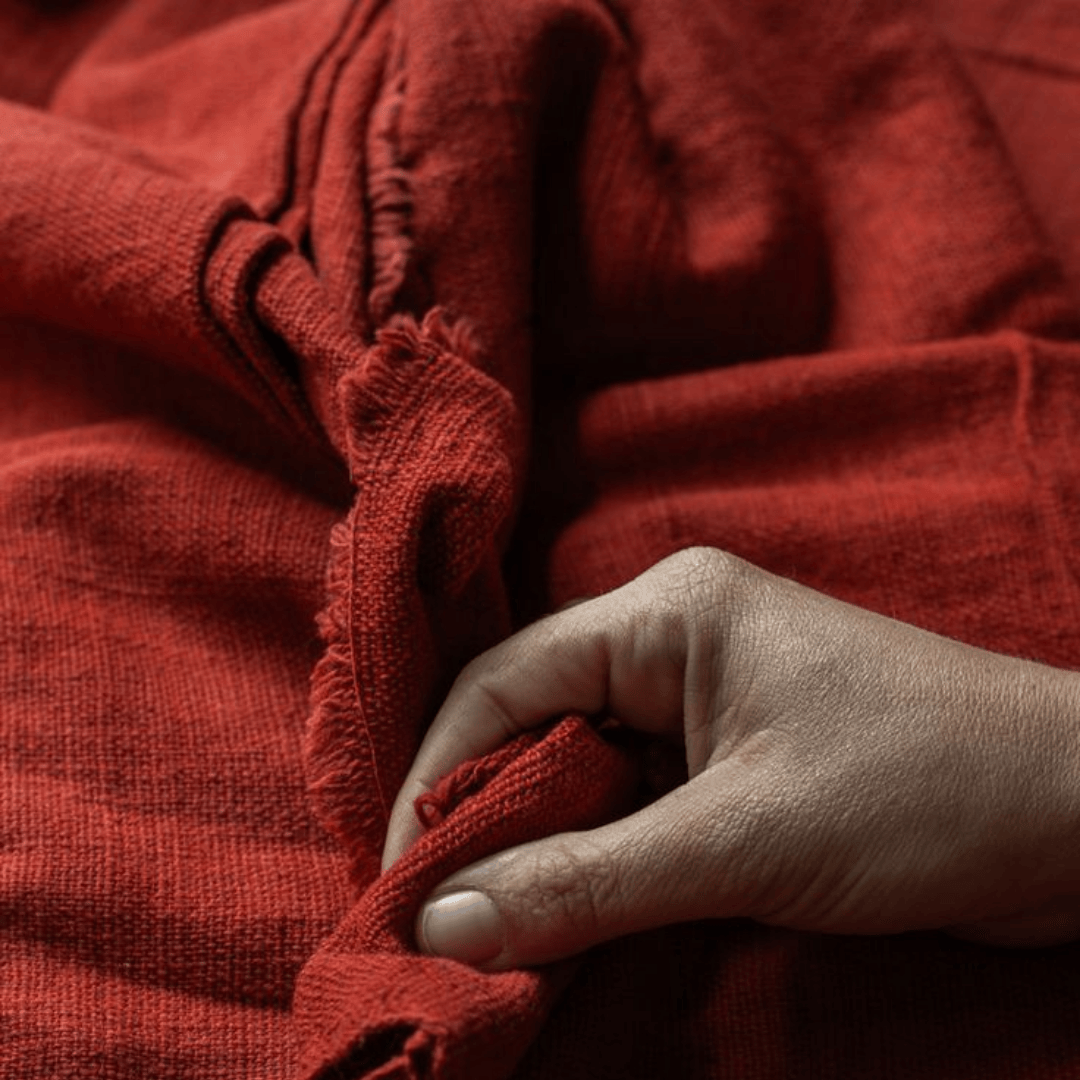
5. Personal Expression & Trend Adaptation:
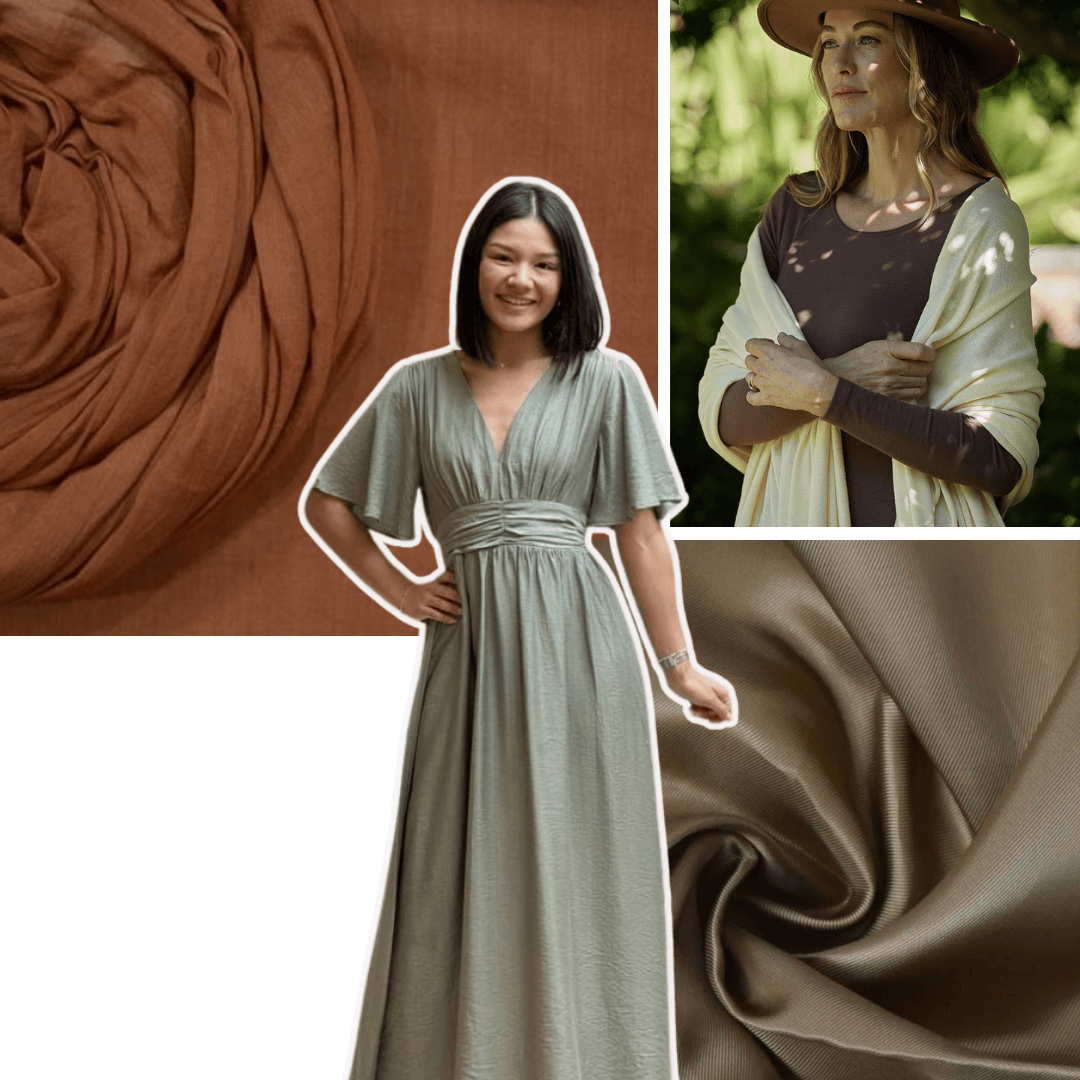
This is where fashion and style truly meet.
Trend Adaptation: Fashion provides a playground of new ideas. Style is the discerning filter. It's about understanding current trends and selectively integrating elements that resonate with your existing aesthetic, rather than blindly following every fleeting craze.
A stylish individual doesn't chase trends; they interpret them.
Personal Expression: Ultimately, fashion becomes style when it reflects you. Your clothing choices are a powerful, non-verbal language that communicates your personality, your values (like a commitment to sustainability and artisan craft), your mood, and your confidence.
This authentic voice is the hallmark of true style – enduring far beyond any seasonal trend.
Anuprerna Offers:
Dive into our collection of handwoven fabrics and garments, where every thread tells a story of craftsmanship and conscious creation.
By consciously weaving together color, silhouette, fabric, fit, and personal expression, you empower your wardrobe to tell your unique story, gracefully navigating the currents of fashion while anchoring firmly in your distinctive style.
Conclusion
Mastering these key elements isn't about rigid rules, but about understanding the tools at your disposal. It's a continuous journey of experimentation, self-discovery, and intentional choice and emphasis in fashion design.
As you learn to wield color, manipulate silhouette, perfect fit, appreciate texture, and embrace personal expression, your wardrobe will cease to be just clothes, transforming into a vibrant, unspoken language all your own.
related questions
What is the main difference between "fashion" and "style"?
arrow_drop_downFashion refers to prevailing trends and collective statements dictated by the industry (external, cyclical, evolving). Style is personal, enduring, and how an individual interprets fashion to express their unique identity (internal, timeless, unique).
How does "Color" impact both fashion and individual style?
arrow_drop_downIn fashion, trends dictate seasonal colors. In style, it's about strategically choosing colors that flatter your complexion, evoke desired moods, and align with your personality, whether integrating trends or opting for timeless palettes.
What is the difference between "silhouette" and "proportion" in clothing?
arrow_drop_downSilhouette is the overall outline or shape of a garment (e.g., A-line, straight). Proportion is how different parts of an outfit relate to each other and your body, impacting overall balance and visual harmony.
More Blogs
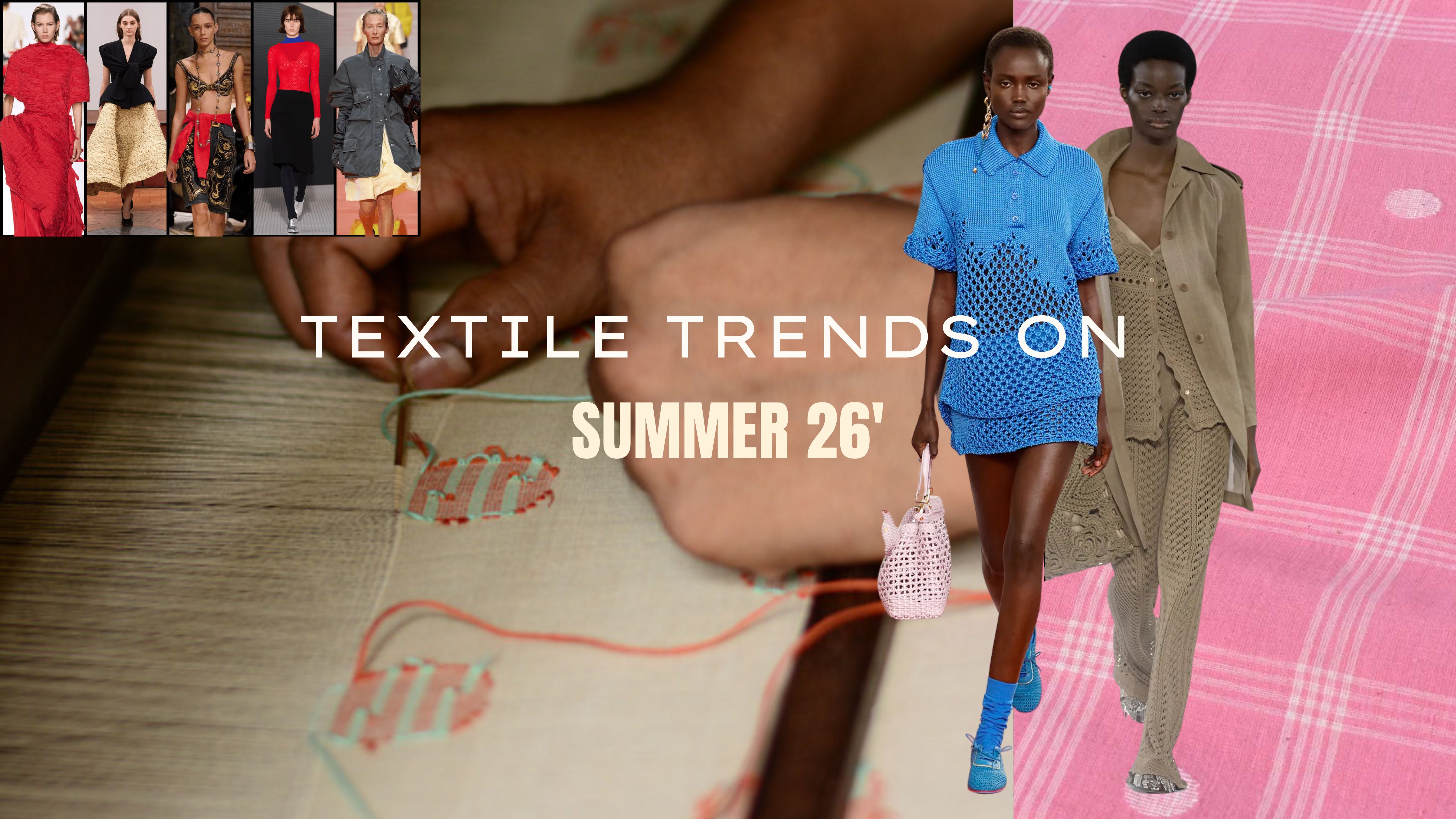
summer 2026 textile trends: the season of slow luxury
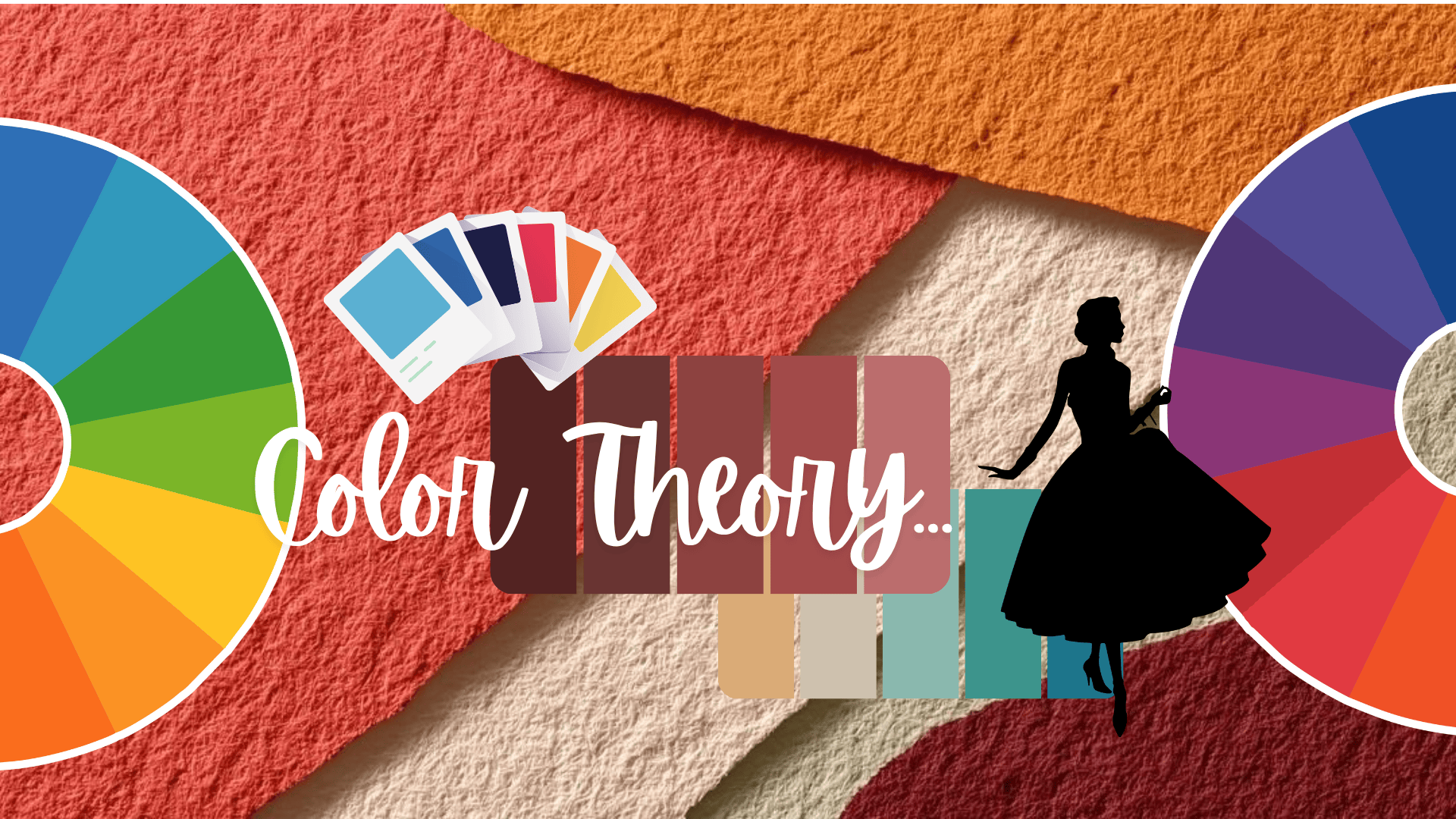
the color theory hack: instantly upgrade your style with the science of hues
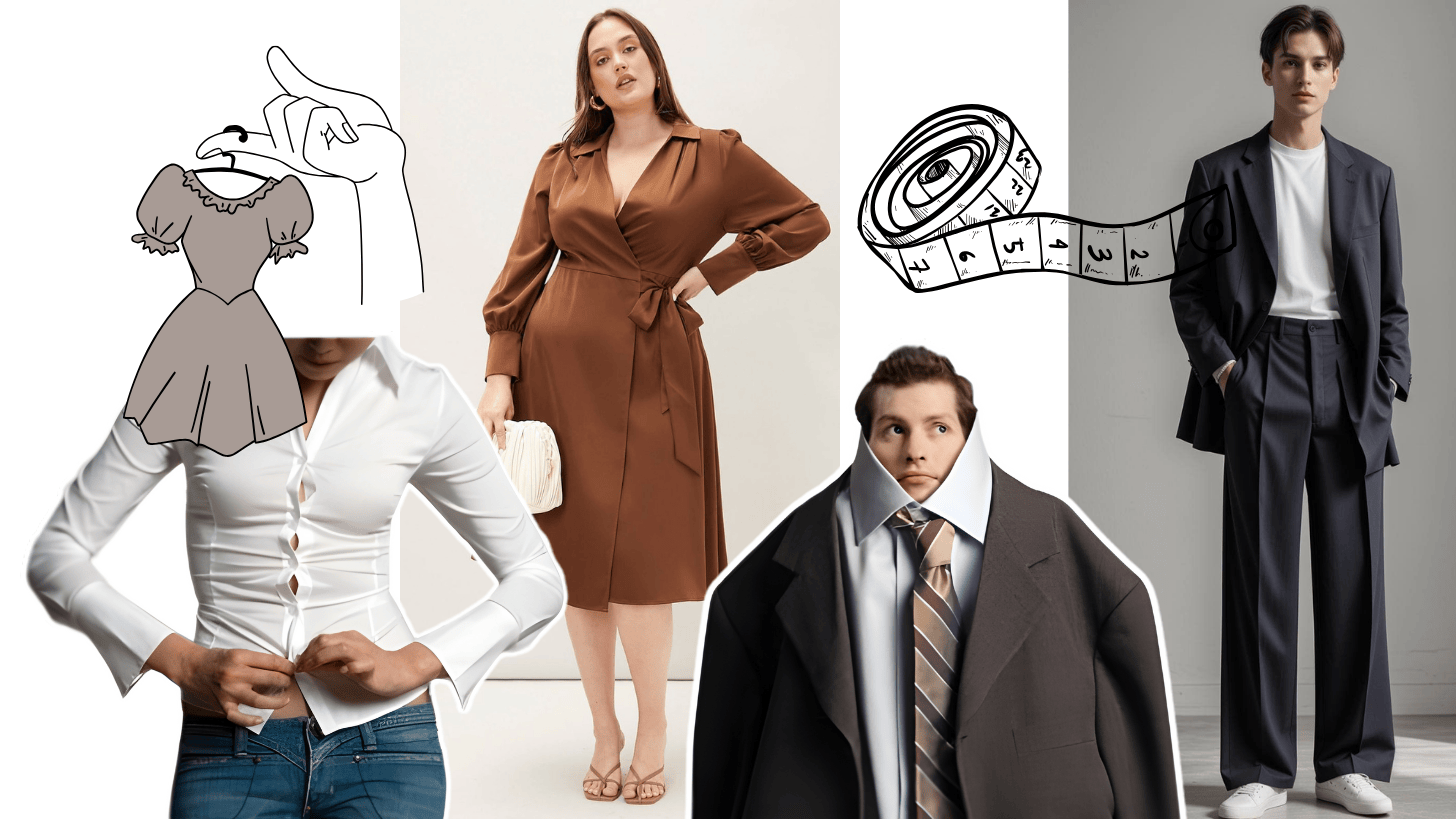
the style blueprint: 5 simple rules to improve dressing sense instantly
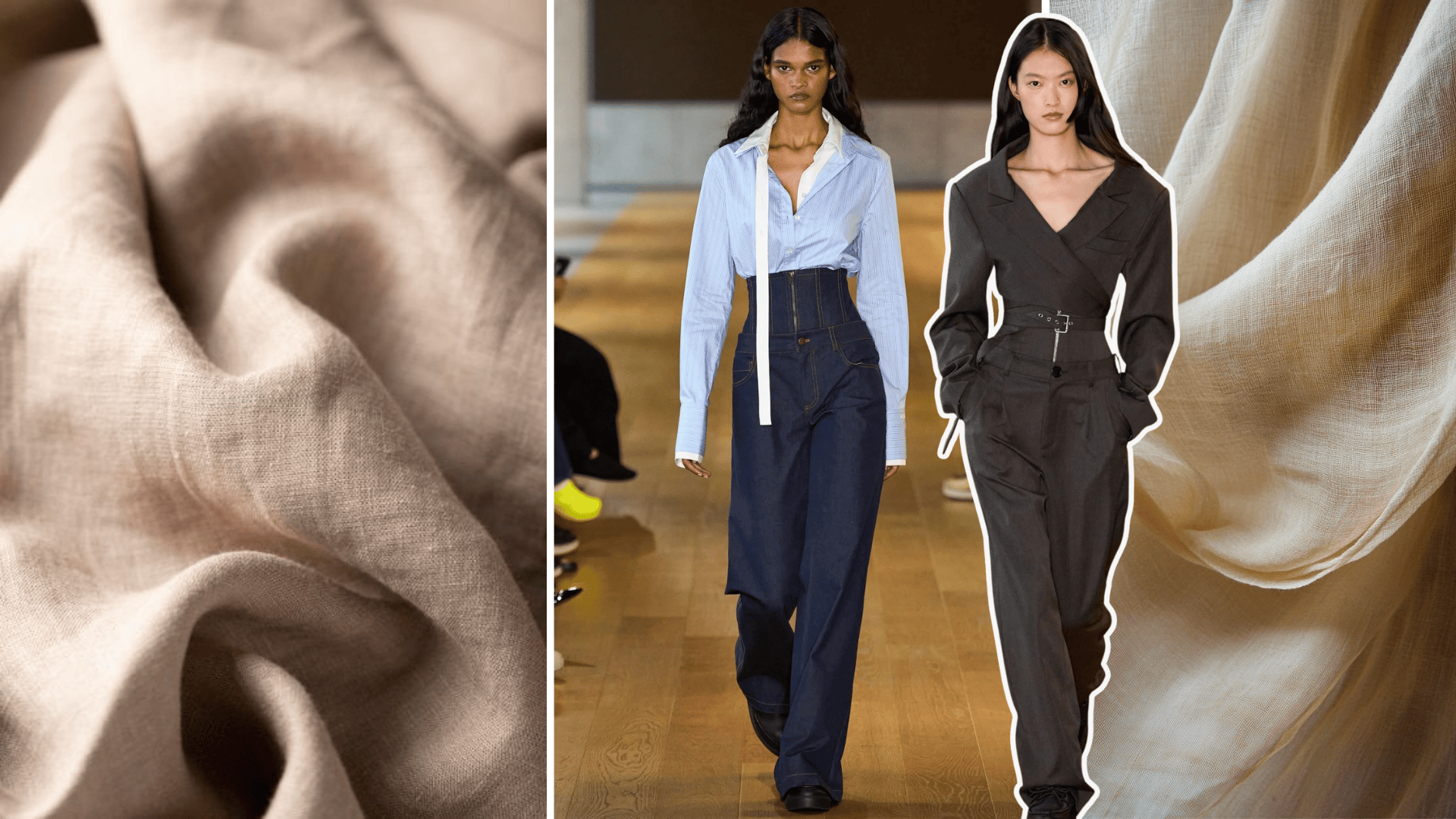
top 5 textures to watch in fashion trends 2025
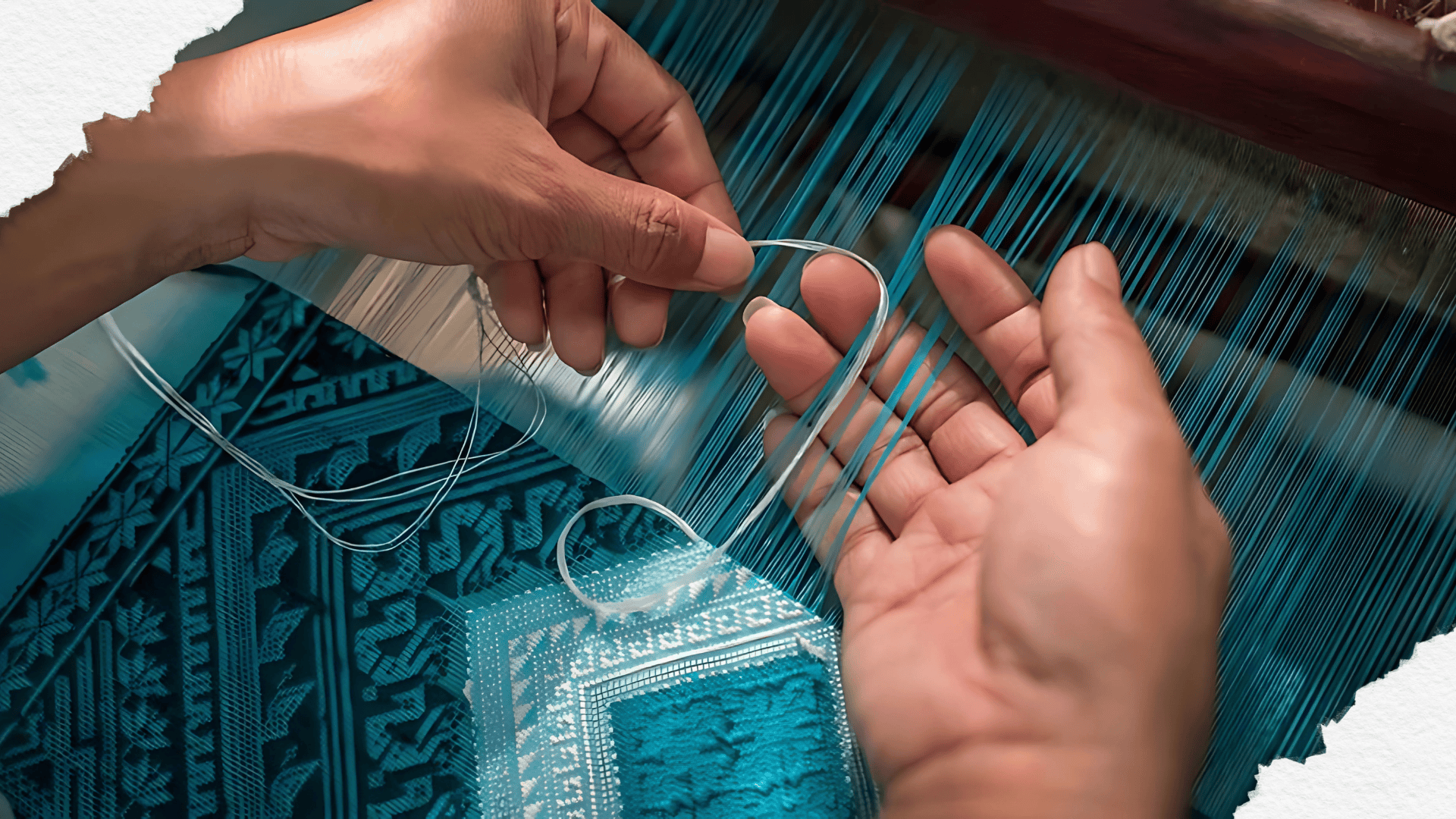
beyond borders: how fashion designers reimagine indian handloom in global fashion

vintage revival: which eras and silhouettes are making a resurgence in 2025
